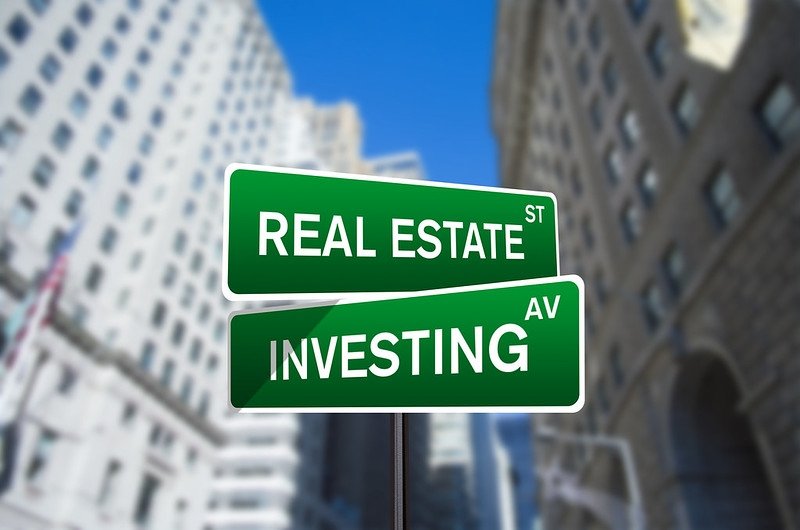Table of Contents Show
Investing in real estate has been a popular choice for passive income for decades, and for good reason. Real estate investments offer a unique combination of steady cash flow, long-term appreciation, and tax benefits.

Within the real estate sector, multifamily properties are particularly attractive for investors looking to generate passive income. In this post, we’ll take a deeper look at the top benefits of investing in multifamily real estate for passive income, from the perspective of an accredited investor.
Steady and Predictable Cash Flow
One of the primary benefits of investing in multifamily real estate is the reliable cash flow it provides. Rental income from multiple units in one property provides a steady stream of income, which is particularly attractive to passive investors who don’t have the time or resources to manage a property themselves.
Additionally, multifamily properties have the advantage of being less vulnerable to market fluctuations compared to other types of real estate investments. Even in a recession or market downturn, people still need a place to live, and the demand for rental properties often increases during these times.
Scalability and Portfolio Diversification
Another benefit of investing in multifamily real estate is the scalability and portfolio diversification it offers. Unlike single-family homes, multifamily properties can have dozens or even hundreds of units in one building, allowing investors to scale their investments more quickly.
This also provides the opportunity to diversify a real estate portfolio across multiple properties, reducing risk and providing a hedge against any one property underperforming.
Read Also:
Potential for Appreciation
In addition to steady cash flow, multifamily properties also offer the potential for long-term appreciation. As demand for rental properties increases, so does the value of multifamily properties, especially in high-growth areas.
Additionally, multifamily properties are often more efficient to manage and maintain compared to single-family homes, which can result in cost savings that increase the value of the property over time.
Economies of Scale and Professional Management
Investing in multifamily properties also allows for economies of scale when it comes to property management. With multiple units in one property, investors can hire professional property management companies to handle the day-to-day operations of the property, which can result in cost savings and improved tenant satisfaction.
Additionally, professional management can help attract and retain high-quality tenants, which can lead to lower turnover rates and higher rental income.
Tax Benefits
Investing in multifamily real estate also offers numerous tax benefits for passive investors. One of the most significant is depreciation, which allows investors to write off the cost of the property over several years, reducing taxable income and providing a valuable tax shelter.
Additionally, investors can deduct expenses such as mortgage interest, property taxes, and maintenance costs, further reducing their tax liability.
Inflation Hedge
Finally, investing in multifamily real estate can serve as an inflation hedge. Rental income tends to increase with inflation, as do property values.
This means that as inflation increases, so does the value of the investment, providing a natural hedge against the erosion of the value of the dollar over time.
Positive Environmental and Social Impact
Multifamily properties can have a positive impact on the environment and community. Investing in properties that prioritize energy efficiency, sustainable building practices, and community engagement can lead to long-term benefits for both the investors and the tenants.
Additionally, investing in affordable housing can help address the growing housing crisis in many communities and provide a valuable social impact.
Passive Investment with Long-Term Growth Potential
Investing in multifamily real estate can be a passive investment that generates long-term growth potential. With a focus on steady cash flow, long-term appreciation, and cost savings through professional management, multifamily properties can provide an attractive investment option for those looking for a passive investment with the potential for long-term growth.
Control Over Investment Decisions
Investing in multifamily real estate can offer investors greater control over their investment decisions. With the ability to directly manage the property or work with a professional management company, investors can make decisions that align with their investment goals and values.
Additionally, investors can choose to invest in properties in areas they know and understand, providing a level of familiarity and control over their investments.
While investing in multifamily real estate can provide many benefits for passive investors, it’s important to note that it’s not without risks. Investors should conduct thorough due diligence on the property, the market, and the management team before investing.
Additionally, investors should have a clear understanding of the potential risks, such as tenant turnover, maintenance costs, and market fluctuations, and have a plan in place to mitigate these risks.
In conclusion, investing in multifamily real estate for passive income can provide numerous benefits, including steady and predictable cash flow, scalability, and portfolio diversification, the potential for appreciation, economies of scale and professional management, tax benefits, and an inflation hedge.
As with any investment, it’s important to conduct thorough due diligence and have a clear understanding of the potential risks and how to mitigate them. Working with a qualified investment manager or expert can help investors navigate the complexities of real estate investing and make informed investment decisions.









